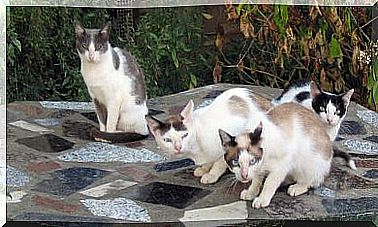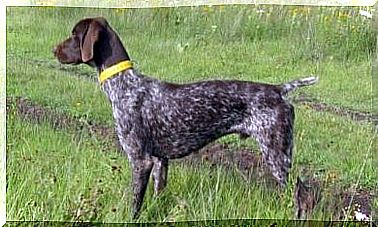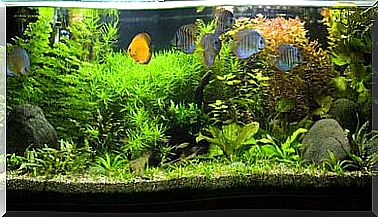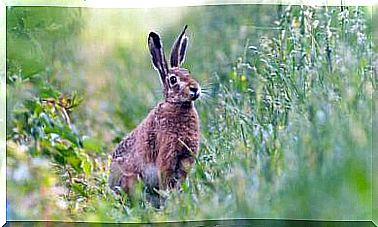Plants Dangerous To Cats
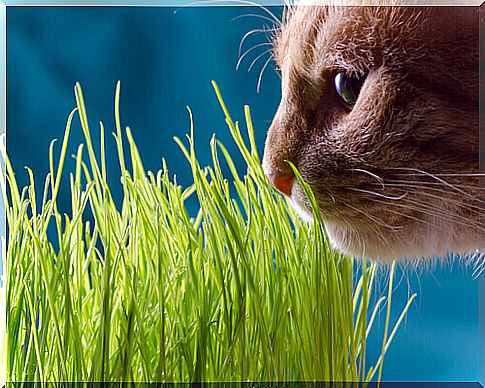
We who live with cats know the feline fixation by nibbling and playing with plants. It is rare to find a house with plants and a kitten that is in impeccable condition. However, not all plants are safe for cats to try to eat or put in their mouths and bite into. So we’ve compiled this list of dangerous plants for them. If you have one of these plants at home, as a precaution, it’s best to keep it out of your kitten’s reach.
Most toxic plants cause pain, vomiting or diarrhea as their first symptoms. If there is the slightest suspicion that the cat has become intoxicated with anything (whether plants or any other material), you should go to the vet as soon as possible and bring a reference to what may have been ingested by the cat. If the professional knows exactly which poison or substance is harming the animal, it is possible to apply the correct treatment much sooner. And in the case of an emergency like this, every minute counts.
Seasonal Plants Dangerous for Cats
There are two plants that define Christmas: the fir or pine and the poinsettia (also known as the parrot’s bill). For some years now, on social networks, when November or December approaches, messages have started to appear reminding us that the poinsettia, so beautiful and traditional, is toxic to cats. Simple contact with it can cause irritation to the skin and eyes. Also, if the animal ingests it, the cat may suffer from vomiting, diarrhea and other related problems.
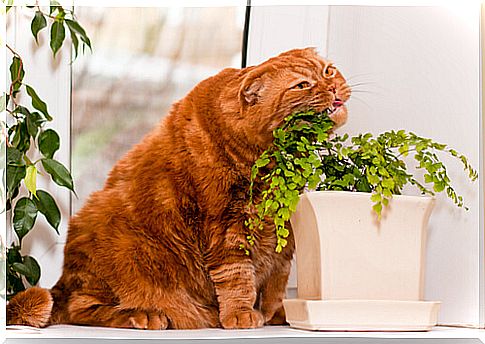
Also common in the Christmas period, holly is dangerous to cats. However, they only generate risks if their fruits or leaves are ingested.
Calla lily, a plant with a tall, white flower and a very characteristic yellow pistil, is also dangerous, not only because of its ingestion, but also because it can irritate the cat’s skin and mucous membranes.
Dangerous plants for cats with flowers
Plant bulbs, such as tulips, hyacinths, etc., are slightly toxic to animals and people. Typically, dogs and cats who are intoxicated from having nibbled on the bulbs of these plants have previously unearthed them when playing or exploring.
Other plants dangerous to flowering cats are azalea, hydrangea and begonia .
In the case of azalea, the entire plant is toxic, but especially the leaves. Eating part of an azalea leaf can cause vomiting, diarrhea and, in addition, seizures and neurological problems.
Begonia or hydrangea poisoning is rare and generally not serious. But you must be especially careful with the leaves and stems of these plants.
Plants dangerous to cats: the most common
There are other plants common in many gardens and terraces, such as aloe vera. It has a well-known and widespread medicinal use, but it can cause irritation to the mucous membranes. All parts of Adam’s rib are irritating and can even cause tongue paralysis.
other plants
There are other types of plants that, although not domestic or common at home, are dangerous to cats.

Foxglove (digitalis purpurea) is especially dangerous. The entire plant is toxic and its substances affect the heart, causing arrhythmias or very slow beats.
Ivy is a vine very common in public gardens and in nature, which can be found curled up by trees or walls. Ivy is poisonous to all animals and contact with the hairs surrounding the stems causes irritation and swelling. In case of ingestion, it causes vomiting and difficulty in swallowing.
Nightshade affects the nervous system. All parts of it, when ingested, cause neurological problems such as ataxia or drowsiness.
Eucalyptus is a tree that has spread enormously throughout all regions of Brazil in recent decades. Its fragrance is used in detergents or deodorants. Ingesting a eucalyptus leaf causes cats to vomit, have gastrointestinal problems, weakness and excessive salivation.
Gatewort is known to all cat lovers. This plant acts like a drug and affects cats that sniff or rub against it. After a couple of hours, the effect wears off and the cats resume their normal life.
No serious catnip poisoning has been detected, but it is still toxic to cats. An effect similar to that caused by other herbs in the same family, such as spearmint, mint or valerian.
There are many other plants toxic to cats as this is just a short list of the most common plants dangerous to cats. If you have any suspicion that your pet has eaten or rubbed itself against something that might harm it, you should take it to visit a veterinarian as soon as possible. Although it is always good to remember that prevention is better than cure. If you are careful that your cat does not have access to things that are dangerous to her, you will save yourself and your pet a lot of trouble.

